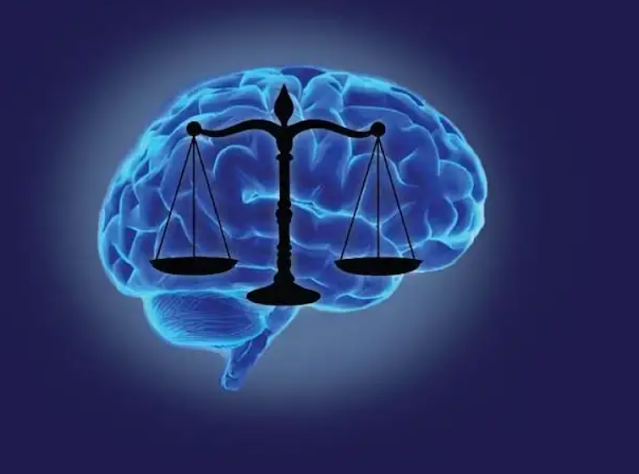MYC Oncogene

MYC Oncogene The MYC gene encodes a phosphoprotein that plays a role in a variety of cellular processes, including the cell cycle, cell growth, apoptosis, and cellular metabolism . The gene is located in the long q arm of chromosome 8 and in the nucleoplasm of a cell. It belongs to the basic helix-loop-helix zipper class of transcription factors functioning in the developmental processes. It enforces DNA replication and entry into the S phase of the cell cycle by the expression of cyclins and represses kinases inhibitors p21 and p27 . Through checkpoints, it is restrained from causing tumorigenesis through proliferative arrest, apoptosis, and cell cycle arrest (or cellular senescence). In human cancer, it is frequently observed to be highly amplified, being one of the most amplified oncogenes compared to others. Translocations involving the MYC gene are associated with Burkitt lymphoma , where cancer starts in immune cells called B-cells ....





